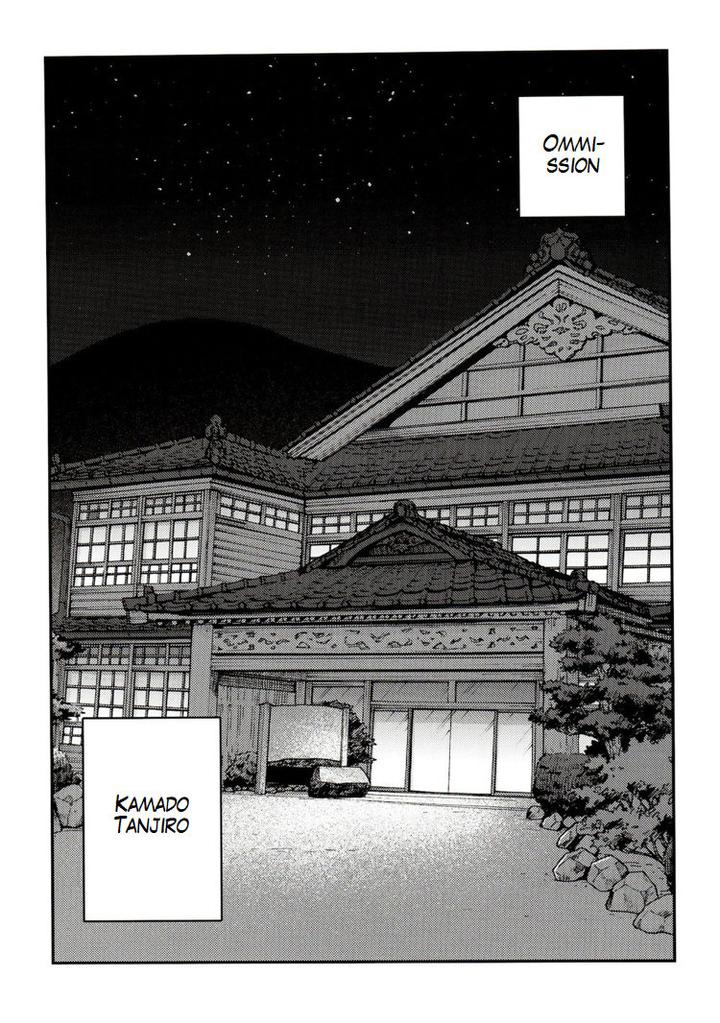Discover The Enigmatic Kin No Tamamushi: A Masterpiece Of Ancient Japanese Art
Among the treasures of ancient Japanese art, the Kin no Tamamushi holds a special place as a symbol of cultural heritage and craftsmanship. This exquisite piece, crafted during the Asuka period, continues to captivate art enthusiasts and historians alike. Its intricate design and historical significance make it an essential artifact in understanding early Japanese civilization.
The Kin no Tamamushi, also known as the "Golden Lacquered Beetle," is not just an artifact but a testament to the advanced techniques and artistic sensibilities of its time. Its creation reflects the fusion of Japanese aesthetics with influences from the Korean peninsula and China, showcasing the cultural exchanges that shaped early Japan.
This article delves into the fascinating history, craftsmanship, and significance of the Kin no Tamamushi. By exploring its origins, design, and the cultural context in which it was created, we aim to provide a comprehensive understanding of this remarkable artifact. Whether you're a history buff, art lover, or simply curious about ancient civilizations, this article will offer valuable insights.
Read also:Jules Ari Onlyfans The Rise Of A Digital Creator
Table of Contents
- History of Kin no Tamamushi
- Craftsmanship and Materials
- Design and Symbolism
- Cultural Significance
- Preservation and Conservation
- Modern Interpretations
- Comparison with Other Artifacts
- Exhibition History
- Ongoing Research
- Conclusion
History of Kin no Tamamushi
Origins and Discovery
The Kin no Tamamushi dates back to the Asuka period (538–710 CE), a time of significant cultural and political development in Japan. Discovered in the tomb of Prince Shotoku, this artifact was part of the treasures interred with the influential statesman and Buddhist reformer. The tomb, located in Ikaruga, Nara Prefecture, was excavated in the early 20th century, revealing a wealth of artifacts that shed light on the era's art and technology.
Historical Context
During the Asuka period, Japan experienced substantial influence from neighboring countries, particularly Korea and China. These cultural exchanges contributed to the development of unique artistic expressions, such as the Kin no Tamamushi. The artifact reflects the integration of foreign techniques with local traditions, creating a distinctive style that defines this period's art.
Craftsmanship and Materials
The Kin no Tamamushi is crafted from a combination of materials, including wood, lacquer, gold, and gemstones. Its construction required exceptional skill and precision, as evidenced by the intricate details and durable finish. Artisans of the time employed advanced techniques, such as lacquering and inlay work, to achieve the artifact's remarkable appearance.
Techniques Used
- Lacquering: A technique involving multiple layers of sap from the lacquer tree to create a durable and glossy surface.
- Inlay Work: Incorporating precious materials like gold and gemstones into the design for added embellishment.
- Carving: Precision carving of wood to form the base structure of the artifact.
Design and Symbolism
The design of the Kin no Tamamushi is both intricate and symbolic, reflecting the spiritual and cultural beliefs of its creators. The beetle motif, central to the artifact, symbolizes transformation and rebirth, themes closely associated with Buddhist philosophy. Additionally, the use of gold and gemstones conveys wealth, power, and divine favor.
Symbolic Elements
- Beetle Motif: Represents transformation and renewal.
- Gold: Signifies wealth and divine connection.
- Gemstones: Embodies purity and spiritual energy.
Cultural Significance
As a cultural artifact, the Kin no Tamamushi plays a crucial role in understanding the values and beliefs of ancient Japanese society. It serves as a reminder of the era's religious practices, artistic achievements, and social hierarchies. Furthermore, its preservation allows modern audiences to appreciate the sophistication of early Japanese craftsmanship.
Influence on Modern Art
The Kin no Tamamushi continues to inspire contemporary artists and designers. Its aesthetic elements and symbolic meanings are often referenced in modern interpretations, ensuring that its legacy endures. By studying this artifact, creators gain insight into the timeless principles of design and craftsmanship.
Read also:Exploring The World Of Big Booty Femboys A Comprehensive Guide
Preservation and Conservation
Preserving the Kin no Tamamushi requires meticulous care and advanced conservation techniques. Museums and cultural institutions employ specialized methods to maintain the artifact's integrity, ensuring it remains accessible for future generations. These efforts include climate-controlled storage, regular inspections, and careful handling during exhibitions.
Challenges in Preservation
- Environmental Factors: Fluctuations in temperature and humidity can damage the artifact.
- Material Degradation: Over time, natural materials like wood and lacquer may deteriorate.
- Human Interaction: Handling and transportation pose risks to the artifact's condition.
Modern Interpretations
In recent years, the Kin no Tamamushi has inspired various modern interpretations across different media. From fashion to digital art, its design elements and symbolic meanings continue to resonate with contemporary audiences. These reinterpretations highlight the artifact's enduring appeal and relevance in today's world.
Examples of Modern Artworks
- High-end fashion collections incorporating beetle motifs.
- Digital art pieces exploring the themes of transformation and rebirth.
- Interior design elements inspired by the artifact's intricate patterns.
Comparison with Other Artifacts
When compared to other artifacts from the same period, the Kin no Tamamushi stands out for its unique combination of materials and design. While similar artifacts may share certain stylistic elements, few possess the same level of craftsmanship and symbolic depth. This distinction underscores the artifact's importance in the study of ancient Japanese art.
Key Differences
- Material Composition: The Kin no Tamamushi incorporates a wider range of materials than many contemporaneous artifacts.
- Design Complexity: Its intricate design surpasses that of similar pieces from the same era.
- Symbolic Richness: The artifact's symbolic meanings are more multifaceted than those of comparable artifacts.
Exhibition History
Throughout its history, the Kin no Tamamushi has been showcased in numerous exhibitions around the world. These displays have provided audiences with the opportunity to experience the artifact's beauty and significance firsthand. Major institutions, such as the Tokyo National Museum and the British Museum, have hosted exhibitions dedicated to this remarkable piece.
Notable Exhibitions
- Tokyo National Museum: A comprehensive display of the artifact's history and craftsmanship.
- British Museum: An international exhibition highlighting its cultural importance.
- Nara National Museum: A regional focus on its role in local history.
Ongoing Research
Researchers continue to study the Kin no Tamamushi, uncovering new insights into its creation, significance, and influence. Advances in technology, such as non-invasive imaging techniques, enable scholars to examine the artifact in greater detail without compromising its condition. These studies contribute to a deeper understanding of ancient Japanese art and culture.
Recent Findings
- Advancements in material analysis reveal new details about the artifact's composition.
- Comparative studies highlight its unique features compared to similar artifacts.
- Interdisciplinary approaches provide fresh perspectives on its cultural context.
Conclusion
The Kin no Tamamushi remains a captivating artifact that embodies the artistic and cultural achievements of ancient Japan. Through its intricate design, symbolic meanings, and historical significance, it offers valuable insights into the era's values and practices. By preserving and studying this remarkable piece, we ensure that its legacy continues to inspire future generations.
We invite you to share your thoughts and questions in the comments section below. Your feedback helps us improve and expand our content. Additionally, consider exploring other articles on our site to deepen your understanding of ancient civilizations and their contributions to art and culture. Together, let's celebrate the wonders of history and craftsmanship!


![[Okashi Tai (Kin No Tamamushi)] Christopher Robin To Himitsu No Mori](https://i3.myreadingmanga.info/wp-content/uploads/2018/11/20-6.jpg)